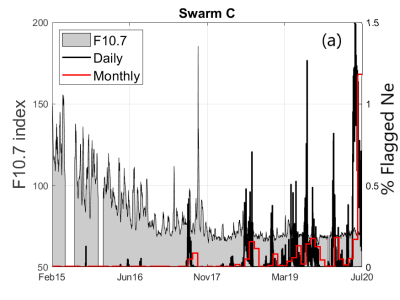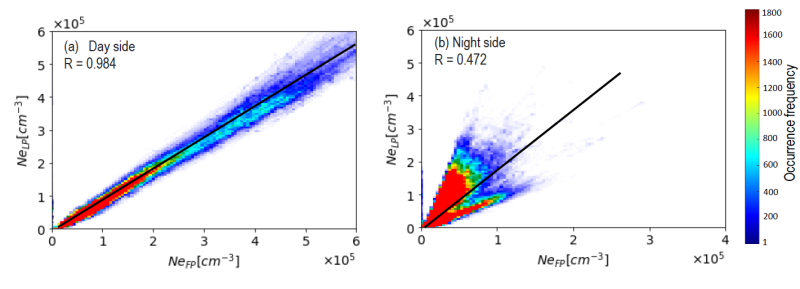- News & Events
- New paper “Swarm Langmuir prob...
New paper “Swarm Langmuir probes' data quality validation and future improvements” published
24 Mar 2022
The paper “Swarm Langmuir probes' data quality validation and future improvements” by F. Catapano et al. has been published in the Geoscientific Instrumentation, Methods and Data Systems (GI) journal in March 2022.
This paper presents the data quality analysis of the Swarm Langmuir Probes’ measurements. Short and long data segments are studied to investigate the impact of the solar activity and the main ionospheric plasma parameters. Based on the outcomes from quality control and validation activities conducted by ESA, as well as scientific analysis and feedback provided by the user community, the Swarm products are regularly upgraded. Discussions in the paper include:
- The data quality improvements introduced with the latest baseline
- The roadmap to further improvements to be included in future baselines


